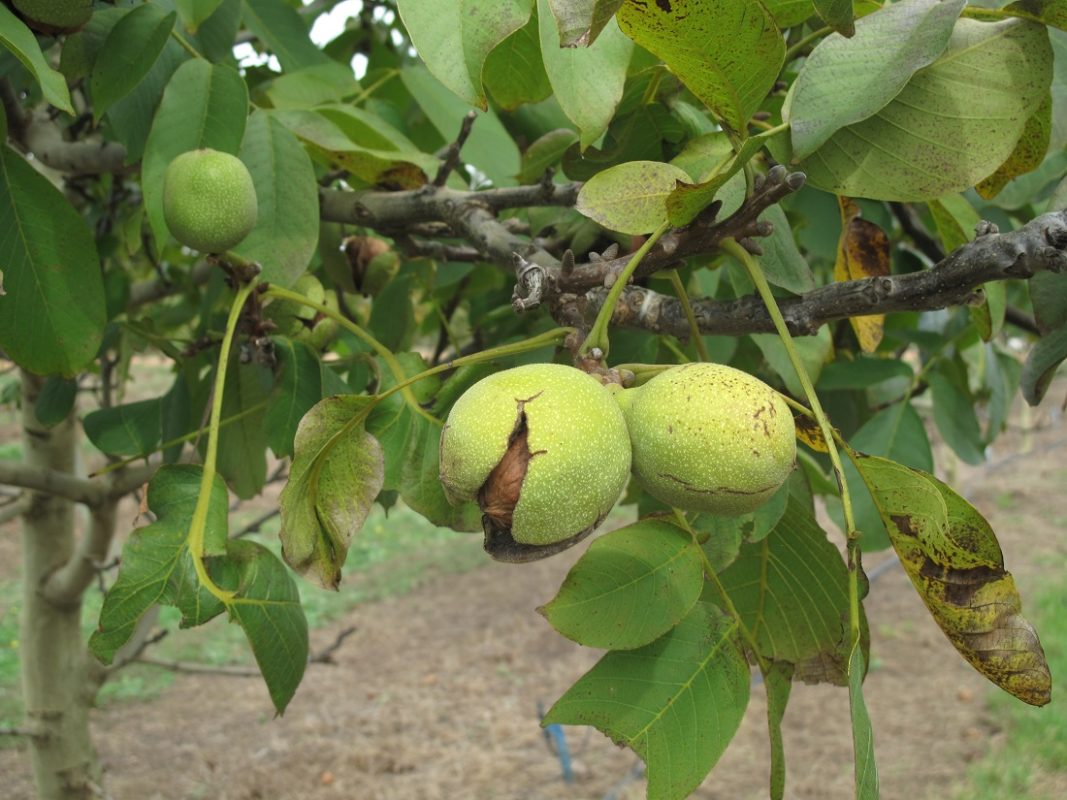Incorporating a heat bodied walnut oil within my paintings has given my work a quality not readily achievable from materials supplied in today’s art shops. The use of this medium has greatly improved the longevity of the paint by increasing flexibility and reducing yellowing after many years of drying, and even after possibly hundreds of years. Another benefit of the paint is that there appears to be a higher colour saturation and richness to the pigment particles, thereby adding more luminosity. It has also given me a clearer understanding as to how the old masters achieved their results, allowing me a connection to artists of the past.
Lost Renaissance Medium
The reason for choosing to follow this extremely difficult pathway was due to two reasons. Firstly my curiosity to explore paint mediums used by Renaissance artists, and secondly to use an oil medium that is far superior in quality to anything on the market today. Visiting galleries throughout Australia, Russia and Europe, I observed a luminous appearance to many of the artists’ work. I began to wonder what enabled these artists to produce such profound pieces, and realised a large influence were the materials used.
Being scientifically trained, I applied my knowledge and experience to solve one of the most asked questions in art history. What medium did artists use in the Renaissance? This question has been pondered on by many artsists and conservators for the last 200 years. As an example the English artist Joshua Reynolds became so obsessed with this quest that he supposedly scraped down a Titian painting layer by layer with a scalpel, to further understand the process. From what is generally accepted today, both linseed and walnut oil were the most prominent oils in use by Renaissance artists. However, one of the most perplexing questions that has not been answered fully, is how were oils treated in order for these artists to achieve the results they did?
For the last 10 years I have embarked on a quest to solve this riddle. The first part of the project involved repeating just about every paint medium purification process described in texts and manuscripts dating back to Medieval times. After trying over 300 different methods such as bone dust, gin, chalk, sun thickening, lime, acid, metals, egg, clay, charcoal, plus a variety of other techniques, the answer was still eluding me. This is where I had to use a bit of sleuth work as well as scientific knowledge. By communicating to conservators from the National Gallery of Victoria, the Australian National Gallery and the National gallery of London, and talking to artist paint manufacturers both in Australia and America, the answer became a little clearer.
In my years of research, I discovered a clue that related to a painting I saw in a well known gallery. The painting concerned was produced hundreds of years ago. This discovery led me on my journey of oil purification.
The final piece of the puzzle laid in the writings of a Da Vinci manuscript. Once more, another battery of tests followed to investigate his theory. A conclusion I reached is that the medium Da Vinci wrote about was not complete, which helped explain certain technical issues about his paintings. Extrapolating on his writings, I was able to work on these issues to arrive at an oil medium that fulfills what I was searching for.
The process was long, detailed and time consuming. A labour intensive nut purification process involved the stages of – hand picking; de-husking; drying; cracking; pressing; purifying; and finally heating the oil to an exacting temperature for a very specific time. Further comparative testing to paint mediums available today, indicates to me that the heat bodied walnut oil I produce is more flexible, very low yellowing, and dries quicker (about 3 fold) than any other natural oil medium today.
Image
Top Row – Cold Pressed linseed, My Cold Pressed walnut, Heat Bodied Linseed, Heat Bodied Walnut, My Heat Bodied Walnut Oil
Bottom Row – Oil Dried for 6 Months then Accelerated Aged 60 Degrees Celcius 6 hours
My Heat Bodied Walnut Oil, Cold Pressed Linseed, Cold Pressed Walnut







